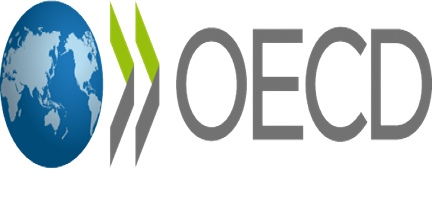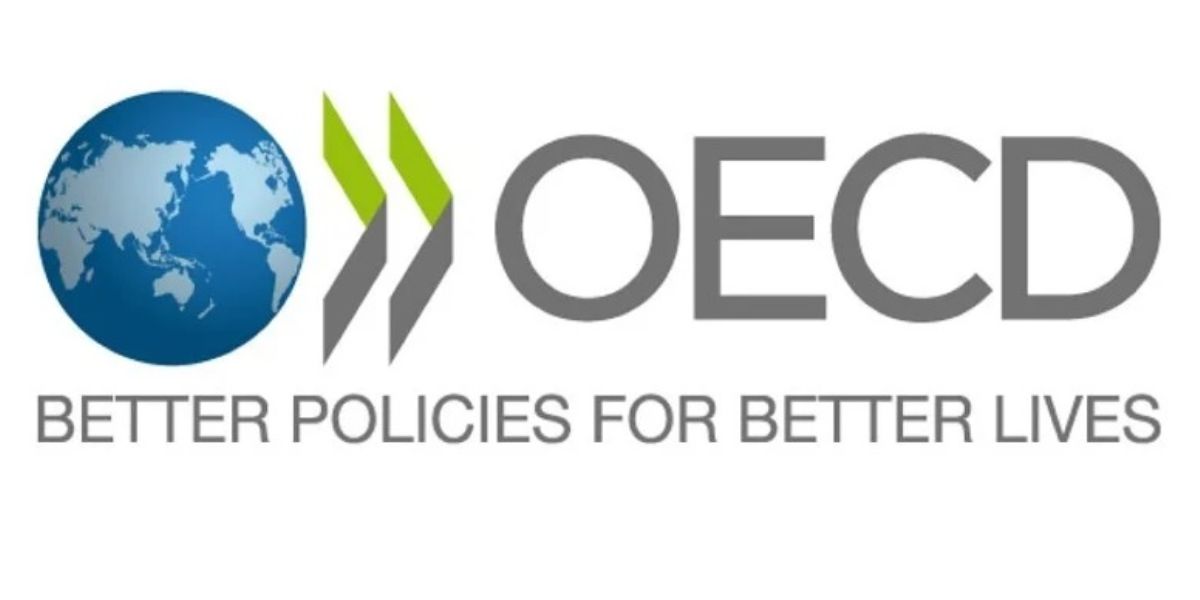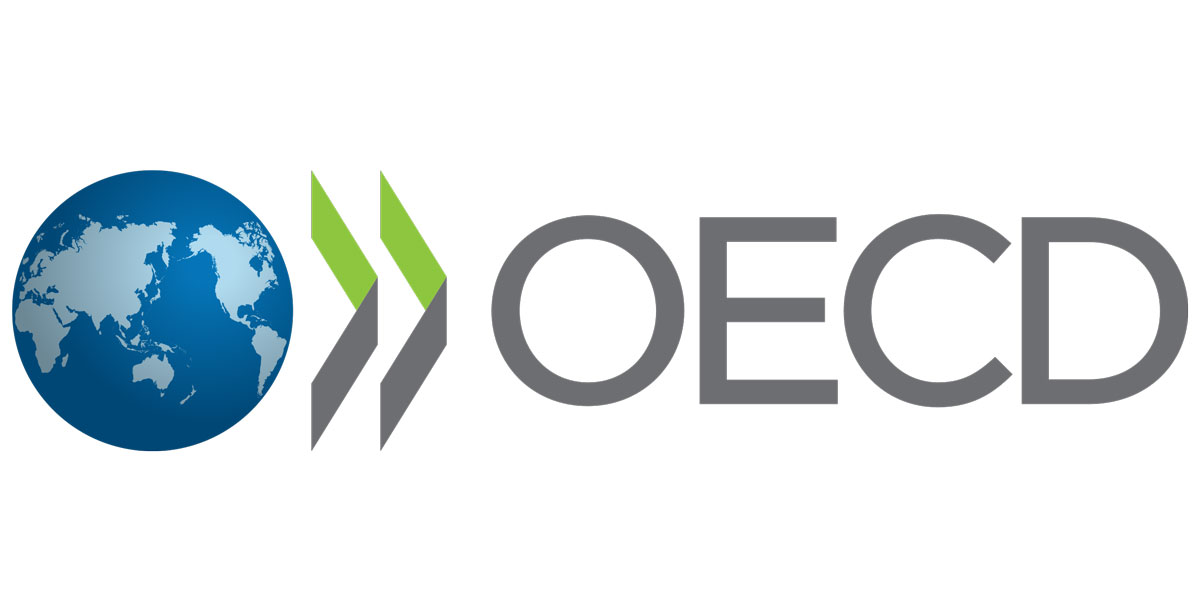The OECD/G20 Inclusive Framework on BEPS issued an updated consolidated commentary to the global Anti-Base Erosion Model Rules, part of Pillar Two of the Inclusive Framework’s Two-Pillar Solution, on 9 May 2025.
The 2025 edition expands guidance on several articles and introduces a new Annex B, which lists legislation granted qualified status during a transitional period to enhance transparency in global implementation.
As more countries adopt the GloBE Rules, this update aims to assist tax authorities and multinational enterprises in applying the global minimum tax framework consistently.
Separately, the Illustrative Examples document, first published in March 2022 and updated in April 2024, was also revised on 9 May 2025 to include examples related to the latest administrative guidance. These examples are for reference and do not form part of the official Commentary.
The Global Anti-Base Erosion (GloBE) Rules have been developed as part of the solution for addressing the tax challenges of the digital economy. They are designed to ensure large multinational enterprises (MNEs) pay a minimum level of tax on the income arising in each jurisdiction where they operate. The GloBE Rules are intended to be implemented as part of a common approach. A jurisdiction that joins the common approach is not required to adopt the GloBE Rules but, if it chooses to do so, it agrees to implement and administer them in a way that is consistent with the outcome provided under the GloBE Rules and the commentary on the GloBE Rules (including the agreement as to rule order). Consistency in the implementation and administration of the GloBE Rules is intended to result in a transparent and comprehensive system of taxation that provides predictable outcomes for Multinational Enterprises (MNEs) and avoids the risk of double or over-taxation.
The GloBE Rules apply a system of Top-up Taxes – that is, an Income Inclusion Rule (IIR) and a Undertaxed Profits Rule (UTPR) – that brings the total amount of taxes paid on an MNE’s Excess Profit in a jurisdiction up to the Minimum Rate. This Top-up Tax does not operate as a typical direct tax on income of an Entity. Rather it applies to the Excess Profits calculated on a jurisdictional basis and only applies to the extent those profits are subject to tax in a given year below the Minimum Rate. Rather than a typical direct tax on income, the tax imposed under the GloBE Rules is closer in design to an international alternative minimum tax, that uses standardised base and tax calculation mechanics to identify pools of low-taxed income within an MNE Group and imposes a co-ordinated tax charge that brings the Group’s Effective tax rate (ETR) on that income in each jurisdiction up to the Minimum Rate. The design of the GloBE Rules as a Top-up Tax facilitates the co-ordinated application of the GloBE Rules by ensuring that the aggregate amount of incremental tax payable under the rules in each jurisdiction does not cause the ETR to exceed the Minimum Rate. The design of the IIR and UTPR as Top-up Taxes, however, does not restrict a jurisdiction from legislating those rules under a corporate income tax system in its domestic law.
These GloBE Rules are drafted in the form of model rules in order to provide jurisdictions with a template for domestic implementation. This Commentary provides tax administrations and taxpayers with guidance on the interpretation and application of those rules. The Commentary is intended to promote a consistent and common interpretation of the GloBE Rules that will facilitate co-ordinated outcomes for both tax administrations and MNE Groups. The Commentary explains the intended outcomes under the rules and clarifies the meaning of certain terms. It also includes examples which illustrate the application of the rules to certain fact patterns. The Inclusive Framework may develop further examples on the application of the rules through Administrative Guidance provided under Article 8.3. A breakdown of the contents of each Chapter is set out below.
















